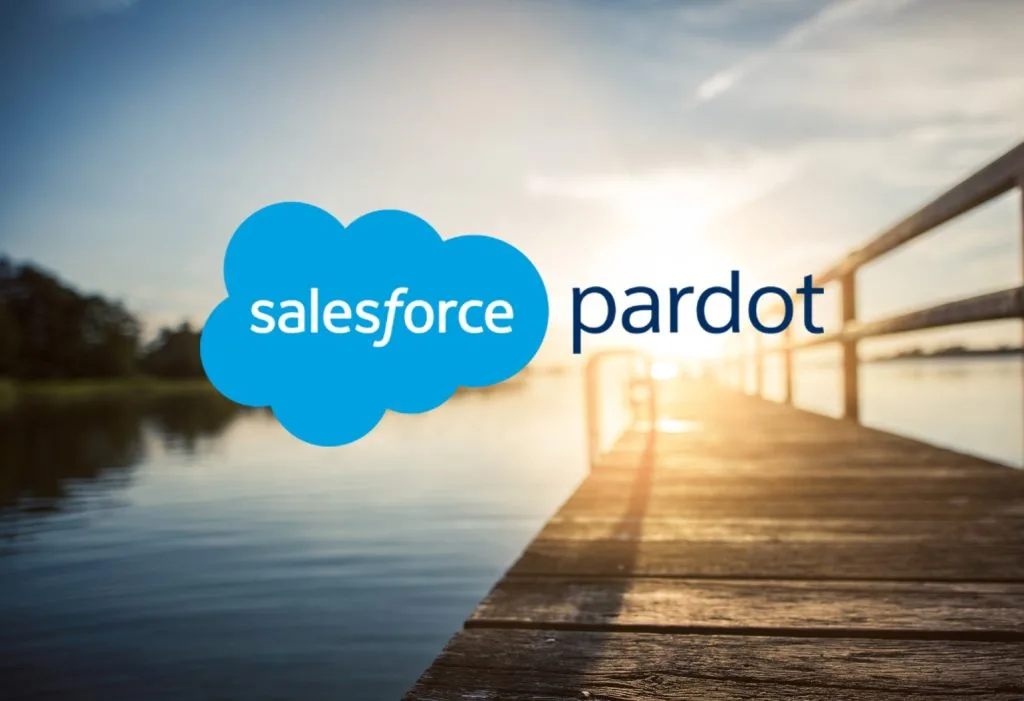Five Tips for Getting Started with Pardot Email Marketing
Marketing and Communications teams are usually eager to dive into a new marketing automation tool like Pardot for fundraising campaigns and more. However, it’s important to plan the implementation and launch of any new technology. For some organizations, implementing Pardot might be the first time marketing and communications will be so tightly integrated with the rest of the organization’s data, already in Salesforce. Anytime your organization integrates a new application with Salesforce, it can raise a lot of questions and risks. Even if Marketing is the first phase of the organization adoption Salesforce, it will be costly to realize a year after launch that decisions you made too hastily are suboptimal and need to be changed.
This blog outlines five key considerations as you embark on your Pardot journey.
1. Assess Your Legacy Tool
First and foremost, let’s talk data – your subscribers. What lists are in your legacy email tool that need migrated? Do you have a single list that accounts for all your subscribers? If not, take the time to export some lists and execute some Excel magic to create that single list for import to Pardot. Be sure you preserve opt-out status and any other profile data (e.g. name, interests, preferences).
Second, do you like the templates and content you already have, or will you pursue rebranding effort at launch? It’s not a good idea to copy and paste html to migrate templates into Pardot. There is a lot of custom code that email providers bake into templates, and it’s extraneous code Pardot won’t want to use. Plus, there’s important new code that Pardot templates include, that offers email editor functionality, ensures responsive design, and abides by CAN-SPAM laws.
2. Pardot Admin vs Salesforce Admin
Don’t underestimate the role of a Pardot Admin. They can greatly increase the likelihood of long-term success. Many organizations believe the Salesforce Admin can play that role, but like many marketing automation apps, Pardot is a specialized tool. Most Salesforce admins won’t know Pardot and they are often very disconnected from the marketing strategies that will fuel Pardot campaigns. Organizations are better served to find and invest in an individual who will have the capacity to master Pardot and bring marketing strategies to life using all the tool has to offer.
3. Start with Subscriptions
It’s important to think about all your campaigns and what you might pursue soon after launching Pardot, but you must prioritize your subscription strategy. All organizations have a newsletter and a webpage for potential subscribers to opt into that communication. Most have that managed by their legacy email tool, so it needs to be recreated in Pardot. When evaluating if the process will be a simple “lift and shift” of your subscription strategy or if you want to re-engineer it completely, the Pardot assets that come into play include:
- Subscription Form to either embed on your website, use the WordPress plugin, or a Form Handler to receive data from a form that you already have and don’t want to recreate.
- Layout Template is the html and css that manage the look and feel of your forms and you’re your Email Preference Page.
- Public Lists hold the subscribers and maintain their opt-in status when they click to Manage their Email Preferences and opt to (un)select these Lists, rather than a global unsubscribe.
- If your subscription strategy includes interests or preferences, then Custom Fields and Automation Rules can be a good way to receive that information on the form and then add subscribers to the right lists.
4. Think Through the Technical Setup
In February 2019, Pardot launched a new implementation to make it easier on new customers. If you’re familiar with how to migrate to Lightning in Salesforce, it’s very similar process to help you learn, install, and launch with users.
However, even with the new process, there is enough complexity to warrent getting a Salesforce Partner’s support on this process. Pardot is launching new things at a rapid rate, so relatively new features like Connected Campaigns, User Sync, B2B Marketing Analytics, can be overwhelming. Plus, there are page layouts and Lightning components to consider.
The implications for your organization’s data model should also be considered. How are you currently using the Leads object, if at all? Pardot by default creates Leads. Whether you’re using Leads or not already, have you considered what Pardot will mean for workflow and your data? Again, a qualified Partner with certified Pardot consultants can help you with these details.
5. Plan Your Pardot Voyage after Launch
Although there is much more to say and do with the above, this is a callout to the parking lot of big ideas that probably motivated you to choose a such a powerful marketing automation tool. There could be countless campaigns for which your Marketing and Communications team is ready to build emails, landing pages, and forms. They may want to leverage social posting through Pardot, and integrate Google Analytics or search marketing. Here I leave you with one bit of advice – don’t boil the ocean. Build a secure and functional dinghy. Get your bearings of the currents and surf. Determine where you might have a few leaks in the boat and plug those up. When you’re ready, you can scale up to that next sailboat and find yourself in an impressive yacht in the coming months and years.
Interested in learning more? Contact us today!


